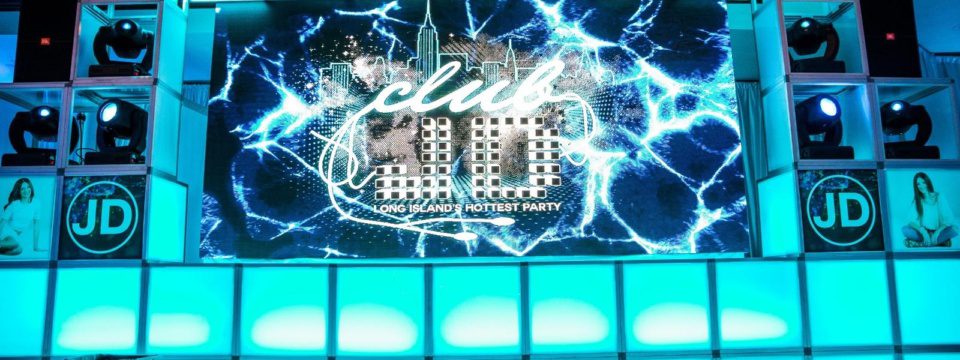Illuminating the Prospects: Investigating the Advantages and Drawbacks of Light Emitting Diode Wall Displays versus Conventional Illumination Solutions
Illuminating the Prospects: Investigating the Advantages and Drawbacks of Light Emitting Diode Wall Displays versus Conventional Illumination Solutions
Blog Article
Light-emitting diode wall screens have become more and more popular in both residential and business spaces, offering an option to traditional lighting solutions. These panels are flat, thin devices that use light-emitting diodes (LEDs) to produce illumination. They provide a contemporary look and can be used in multiple locations, such as workspaces, schools, and homes. While LED wall screens have many benefits, it is essential to contrast them with conventional illumination alternatives, such as traditional bulbs and neon lamps, to comprehend their benefits and drawbacks.
One of the most notable benefits of LED panel panels is their energy efficiency. LEDs use considerably less energy than traditional lighting options, which can lead to lower electricity bills. For instance, an LED screen can use up to 75% less energy than an traditional lamp while offering the equivalent amount of illumination. This power effectiveness not only reduces money for users but also reduces the overall carbon footprint, making it an environmentally sustainable choice. With growing concerns about environmental issues, many individuals are seeking for methods to minimize their power consumption, and LED wall panels can be a helpful option.
Another benefit of LED wall screens is their extended durability. Traditional illumination options often require frequent replacement due to burned-out lamps. In comparison, LED panels can last up to 25 times than incandescent lamps, and much greater when contrasted to neon lamps. This longevity means that users spend less time and money on maintenance and renewals. Additionally, the minimized requirement for replacements contributes to less environmental impact, further benefiting the environment. This durability makes LED wall panels a much feasible option for both home and business owners.
Despite their many advantages, LED wall screens do have some disadvantages. One issue is the initial cost of purchasing and installing these panels. While prices have decreased over time, LED panels can still be more expensive upfront than conventional illumination options. However, it is important to consider the long-term savings on energy bills and renewal costs when evaluating the overall worth of LED lighting. Some consumers may also be discouraged by the intensity of LED lamps, as they can be more intense than the soft light provided by incandescent bulbs. Finding the appropriate brightness and color tone can be essential for establishing a pleasant setting.
Another potential drawback of LED wall screens is their reaction to heat and moisture. High heat can diminish the efficiency of LEDs, and high moisture can cause issues. This concern is particularly important in areas of a building or structure where environments can vary, such this post as bathrooms or kitchens. It is essential to select the right type of LED panel see this website for specific settings to ensure best functionality. Additionally, some individuals may feel that the light generated by LEDs can be not as comfortable than conventional illumination, leading to issues about vision strain or discomfort in certain environments.
In summary, LED wall panels offer numerous advantages over conventional illumination options, including energy efficiency, longevity, and lowered maintenance expenses. However, they also come with some disadvantages, such as increased upfront costs and reaction to surrounding conditions. As users go on to explore illumination choices, it is evident that LED wall screens can provide a contemporary and eco-friendly option for a wide range of spaces. By comprehending both the benefits and challenges of these panels, people and companies can make informed choices that most suit their lighting needs.